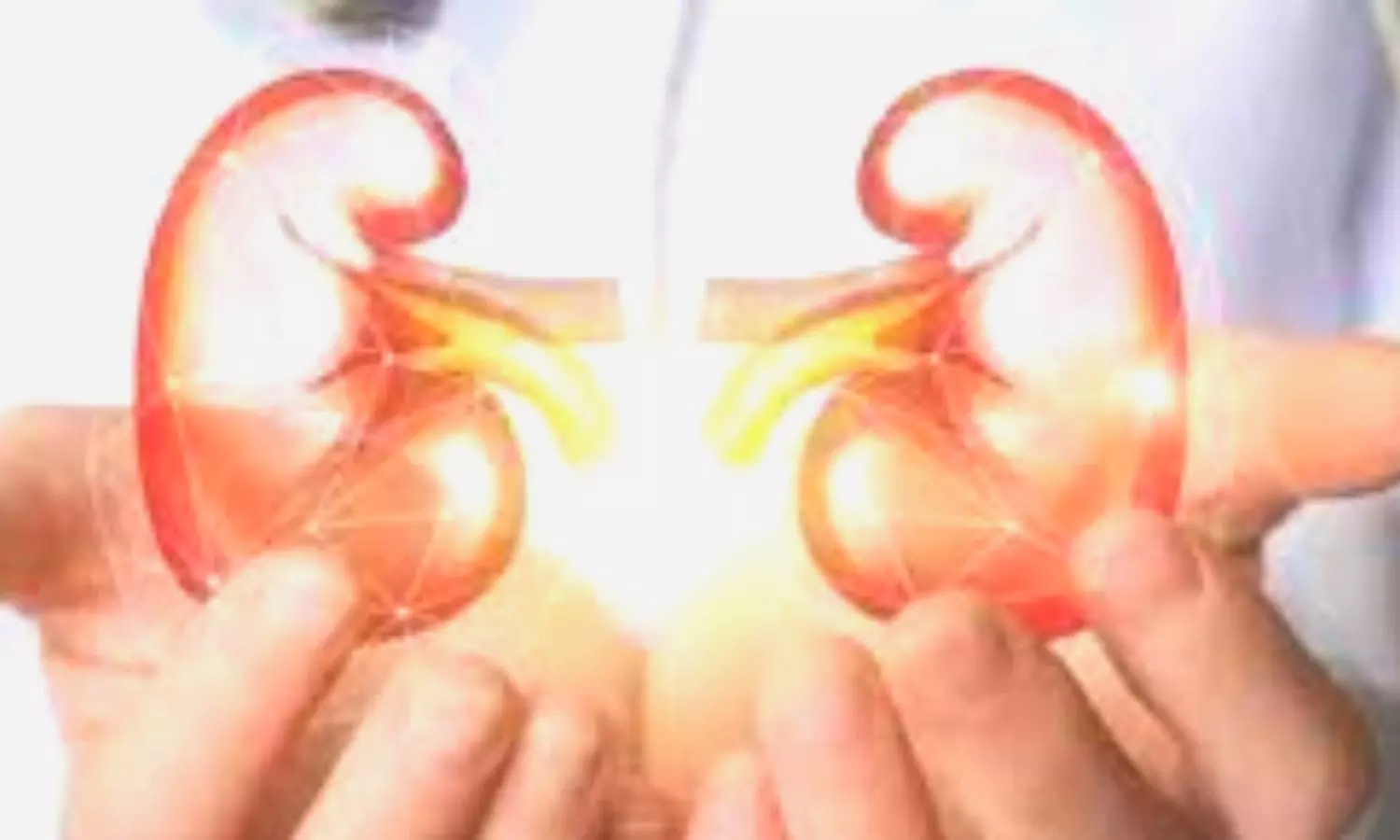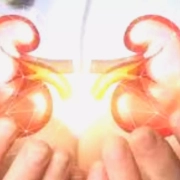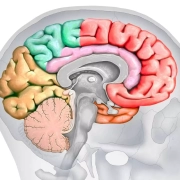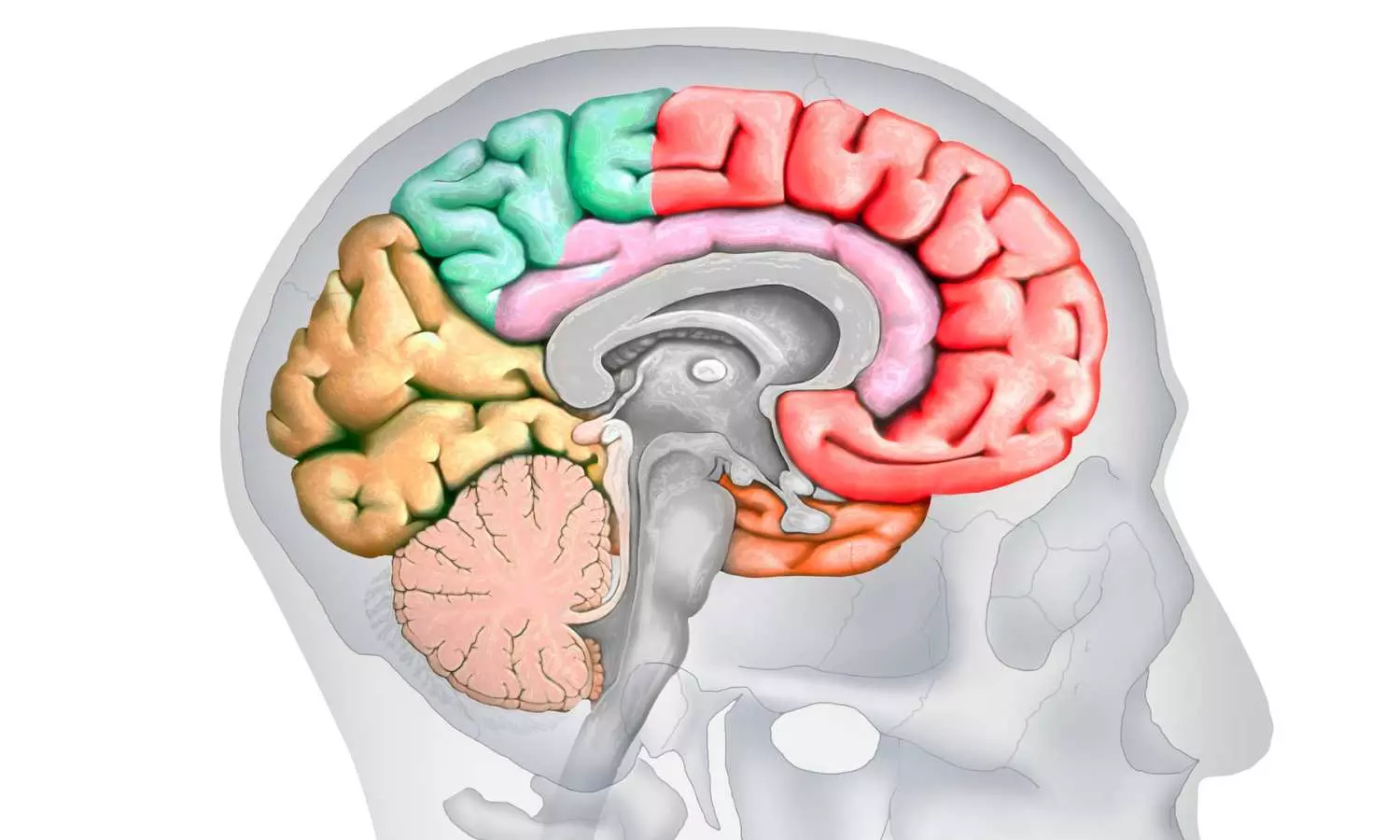Body fat and nutrition strongly associated with diabetic kidney disease in type 2 diabetes patients: Study

China: A recent study published in Diabetes Therapy showed increased odds of diabetic kidney disease (DKD) in subjects with diabetes having poor nutritional parameters and high body fat.
“Nutritional parameters and body fat were strongly associated with and considerably contributed to DKD presence, indicating that nutrition and body fat might be promising markers representing a metabolic state in the DKD pathogenesis and clinical utility of bioelectrical impedance analysis (BIA) might provide valuable recommendations to patients with type 2 diabetes mellitus (T2DM),” the researchers wrote.
Diabetic kidney disease develops in about 40% of patients with diabetes and has become a leading cause of chronic kidney disease and end-stage renal failure in most developed and developing countries. Therefore, there arises an urgent need for strategies aimed at identifying potentially modifiable risk factors for DKD.
To address the same, Junwei Yang, The Second Affiliated Hospital of Nanjing Medical University, Nanjing, Jiangsu, China, and colleagues investigated the association between clusters of body fat and nutritional parameters with DKD in adults with type 2 diabetes in a cross-sectional study.
The study included 184 participants with T2DM. Biochemical parameters including haemoglobin A1c, fasting blood glucose, haemoglobin, creatinine, albumin, and urinary albumin-to-creatinine ratio (UACR) were measured. BIA was used to obtain data for visceral fat area (VFA), percentage of body fat mass (PBF), body cell mass (BCM), and phase angle at 50 kHz (PA50).
DKD diagnosis was made by UACR and estimated glomerular filtration rate (eGFR). Factor analysis was used for dimensionality reduction clustering among variables. Binary logistic regression analysis was used to assess the association of clusters with the presence of DKD.
Based on the study, the researchers reported the following findings:
· Factor analysis identified two clusters which were interpreted as a body fat cluster with positive loadings of VFA, waist circumstance, body mass index, and PBF and a nutritional parameters cluster with positive loadings of PA50, haemoglobin, albumin, and BCM.
· Participants were divided into four groups based on the sex-specific cutoff value (median) of each cluster score calculated using the cluster weights and the original variable values.
· Only participants with high body fat and poor nutritional parameters (OR 3.43) were associated with increased odds of having DKD.
“Although the BIA method and consequent findings require further studies for confirmation, our findings indicate that nutritional parameters and body fat could be strong risk markers of DKD and are promising for clinical diagnosis and interventions,” the researchers concluded.
Reference:
He, A., Shi, C., Wu, X. et al. Clusters of Body Fat and Nutritional Parameters are Strongly Associated with Diabetic Kidney Disease in Adults with Type 2 Diabetes. Diabetes Ther (2023). https://doi.org/10.1007/s13300-023-01502-5
Powered by WPeMatico












